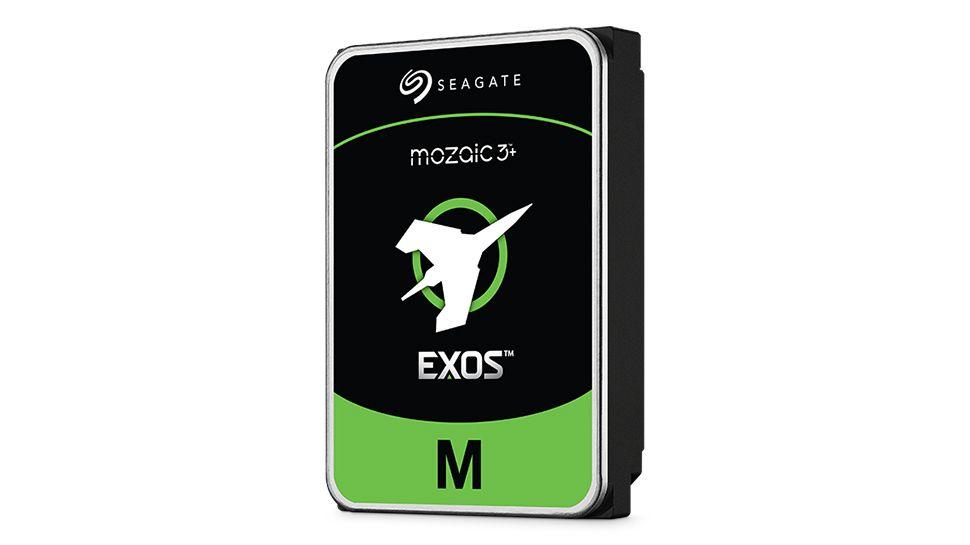- ST32000NM003K is part of the Exos M range and uses SMR which is more complex to run and manage
- The revelation comes weeks after Western Digital launched its own 32TB hard drive
- And almost a year after Seagate introduced its next largest drive, a 30TB model
Seagate launched its largest hard drive to date, a 32TB model from the Exos M series, just weeks after Western Digital introduced its own 32TB hard drive.
The new Exos M is available in two capacities, a 30TB ST30000NM004K model, which uses Conventional Magnetic Recording (CMR), and a 32TB ST32000NM003K model, which uses Shingled Magnetic Recording (SMR). The latter’s overlapping write tracks are the reason for the capacity increase, and WD’s drive employs the same recording technology.
This release comes almost a year after Seagate introduced its previous largest drive, a 30TB model in the Exos range.
Stop it, HAMR time!
The drives, which feature a SATA III interface with data transfer speeds of up to 6 Gbps, are built on Seagate’s slightly controversial heat-assisted magnetic recording (HAMR) platform combined with Mozaic 3+ technology.
This combination allows the drive to deliver 3TB per platter, maximizing storage density while maintaining the industry-standard 3.5-inch form factor for seamless integration into existing server configurations.
Seagate says the new drive delivers three times the energy efficiency per terabyte compared to typical models, reducing operating costs and supporting the company’s sustainability goals. The Exos M series is also built using more renewable energy and recycled materials than any previous Seagate product.
The unit combines what the company calls proven components from previous generations with next-generation improvements. Approximately 90% of the components come from previous models.
There has long been skepticism around HAMR technology, which Seagate took more than a decade to perfect, with concerns about its readiness, quality, reliability and compatibility.
However, Seagate insists these concerns are unfounded. The rated mean time between failures (MTBF) for Seagate Mozaic 3+ hard drives and Exos enterprise hard drives is reported to be 2.5 million hours.
While development has experienced numerous delays, Seagate says it has already passed qualification testing for its HAMR-based Mozaic drives and remains on track to ramp up production in 2025.




